Interior Design Photography Tips
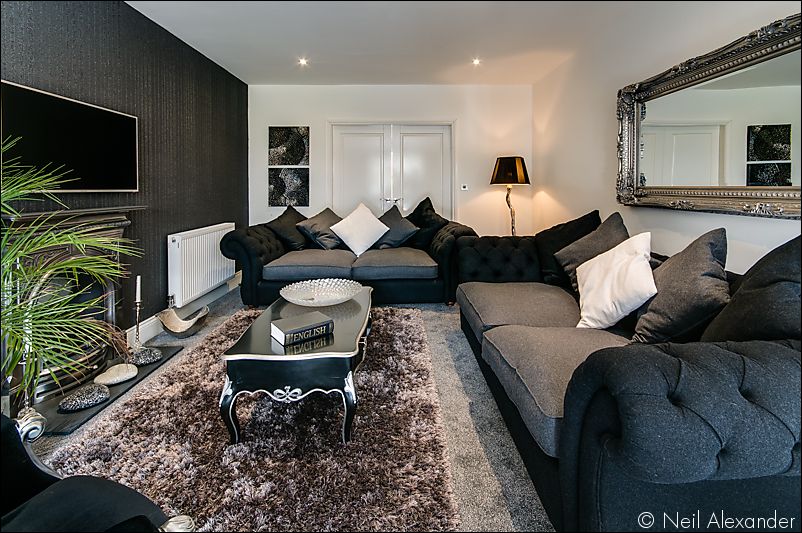
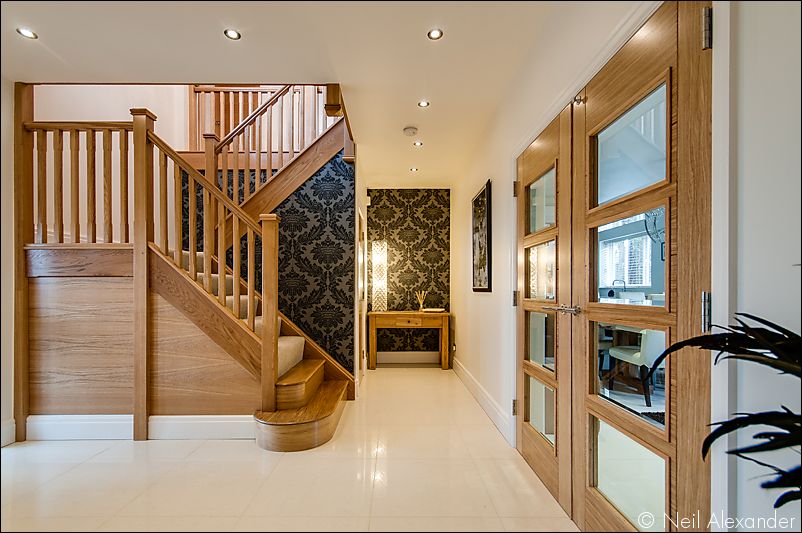
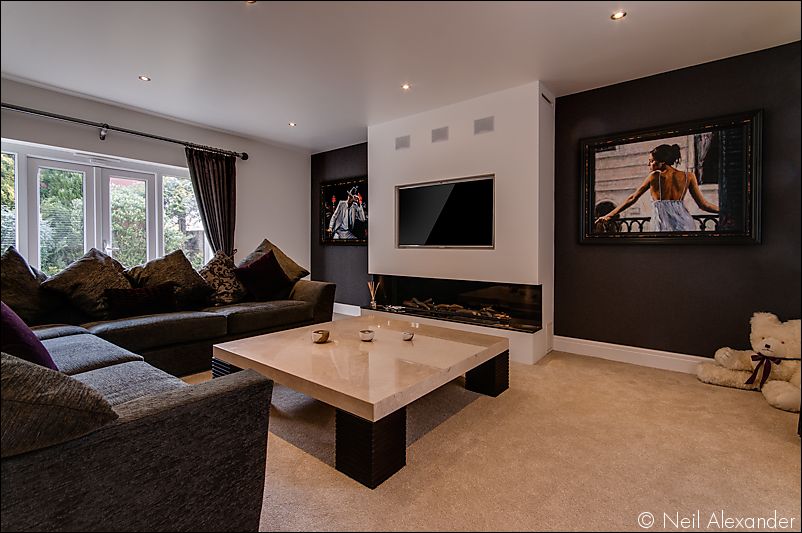
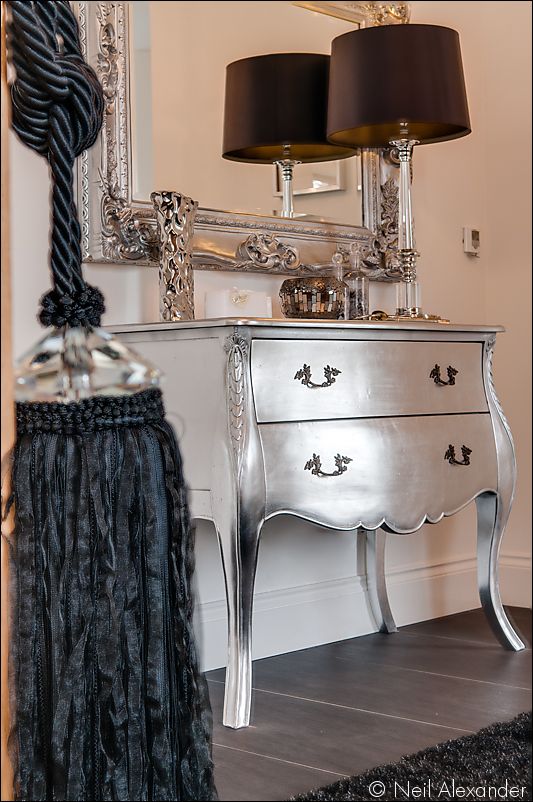


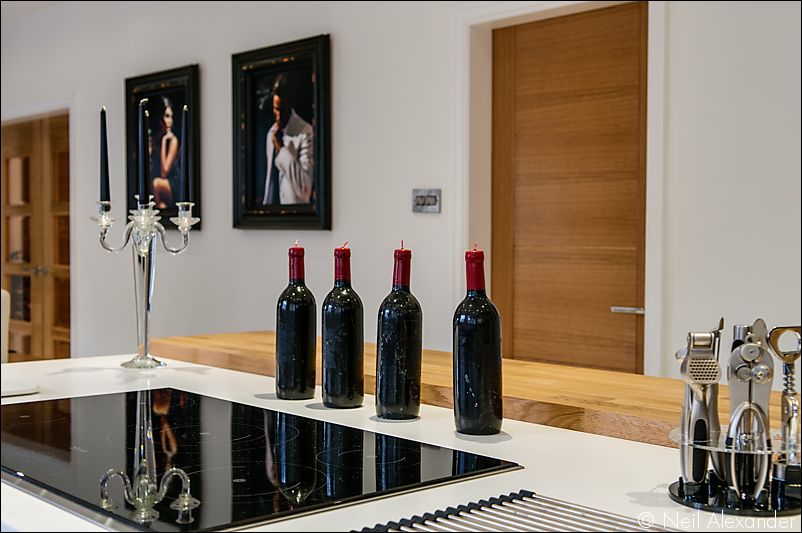
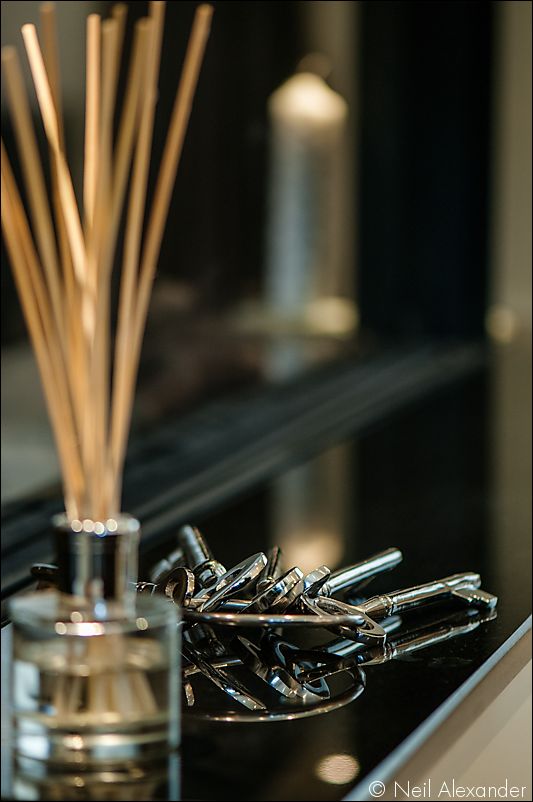
About 12 months ago, I wrote "Top 10 tips for better property photography" for the Right Move blog, and whilst it's still totally relevant, working for interior designers where the emphasis is often much more about details than overview is often a vastly different game altogether. So I thought I'd share a few more insights into my world.
- Light - First and last light are always the best, but not always the most practical. More often than not, when working with an interior designer, there is a short window of opportunity - the property owner has to grant access, the designer has to be available, all the necessary details and accoutrements, which are often arriving from far flung places, have to be in place and the property has to be looking at it's absolute optimum. All these factors inevitably mean that the photography has to take place at the least ideal time - slap bang in the middle of the day which can and often does lead to exposure problems.
- Composition - In the case of photographing a home in order to sell it or rent it, details are generally irrelevant. The goal of the photography there is to show wider views and encourage the potential purchaser to make an appointment to physically view the property. It's then the agents job to point out the details and sell the property. Or at least that's how it should be. Many agents these days in the UK are about as pro-active as a goldfish with a hangover.
When showcasing interior design work, the key is to demonstrate that their work is of a such a high standard that prospective clients will pick up the phone and call after viewing their portfolio, and so details here are the key. It's the minutiae in interior design that pulls the whole room and property together. The sum of all the fabrics, colours and trinkets when put together are greater than the whole but you have to show the parts in detail as they almost always get lost in a wider shot. - Staging - Once a designer has completed a job, especially a residential contract, the occupier, who in the end has to live with the fruits of the designer's labour, will more often than not "tweak" the rooms to their taste; moving items around and supplementing with their own trinkets. But this is not how the designer intended it to be, so it's always helpful to have the designer on hand to arrange things the way they see best and how their original vision intended. They didn't supply the 6 foot cuddly bear in the Newcastle United football strip and it wasn't part of their vision - so take it out before making the photographs. They can also help to point out what they feel to be the key details. Items that are integral to the overall design aesthetic that I, as an uncultured bloke, would have ordinarily walked right past.
- Exposure - This can be where it gets tricky. The most recent interior design commission I received was to shoot two properties several miles apart on the same day, both of which had several rooms which were to be photographed and many many details. I could have used supplemental lighting for this but it would have taken me far longer than the allocated day and necessitated me hiring in some additional gear (there were some very large rooms). However my go-to technique for this kind of environment is to shoot several bracketed frames. Depending on the difference between the external ambient and the internal, this can be as many as 9 or even 11 stops. A range that even a bunch of SB900s would struggle to even out. I then stack all the brackets in Lightroom, pick the ones I want to use and leave LR/Enfuse to crunch through them. I could use one of the standard HDR programs, but I don't like the "HDR look" for this work. These images need to look as natural as possible and this is where LR/Enfuse's strength lies. It allows me to blend multiple exposures together to create a natural looking image with a much greater dynamic range than would normally be possible. In other words, I can avoid blowing out the windows and the view outside and still get definition in the shadows of the rooms. It's brilliant. And it can even batch process. So I can perform an initial run through, stacking all the brackets, pick my initial selections and then just leave my computer for an hour or so (depending on how many stacks there are to blend) whilst I go off and do other things. It's a major time saver, which in my book is all good.
